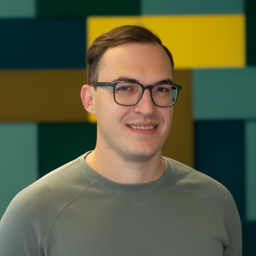
We’ve been in the infrastructure business for nearly a decade, and we’ve never been more excited about, or in awe of, the scale we are seeing as the industry pursues superintelligence. We are now hitting a tipping point that requires entirely different approaches to managing and scaling infrastructure in this new era.
What do we mean by superintelligence? Superintelligence means AI systems that operate with genuine autonomy—planning, reasoning, executing, adapting—at scale, on the path toward human-level and eventually superhuman intelligence. The infrastructure needed to accomplish this is greater than anything we’ve ever seen. Jensen Huang projects $600 billion in AI infrastructure spending this year, scaling to $3-4 trillion by decade’s end. Stargate committed $500 billion to AI infrastructure in the U.S. Microsoft, Meta, and Google are each spending $70-90 billion annually on datacenters. AWS just activated Project Rainier, a data center scaling to one million custom Trainium chips for Anthropic’s frontier models.
Superintelligence is driving the biggest, fastest infrastructure scaling period in the history of computing. This is exciting but comes with challenges: all of that infrastructure has to be managed, secured, scaled, made compliant, and cost effective. Legacy infrastructure tools weren’t built for this reality—they add friction that slows progress or breaks it altogether.
This reveals an important insight:
The infrastructure required to build superintelligence demands superintelligence for infrastructure.
Read more →

















